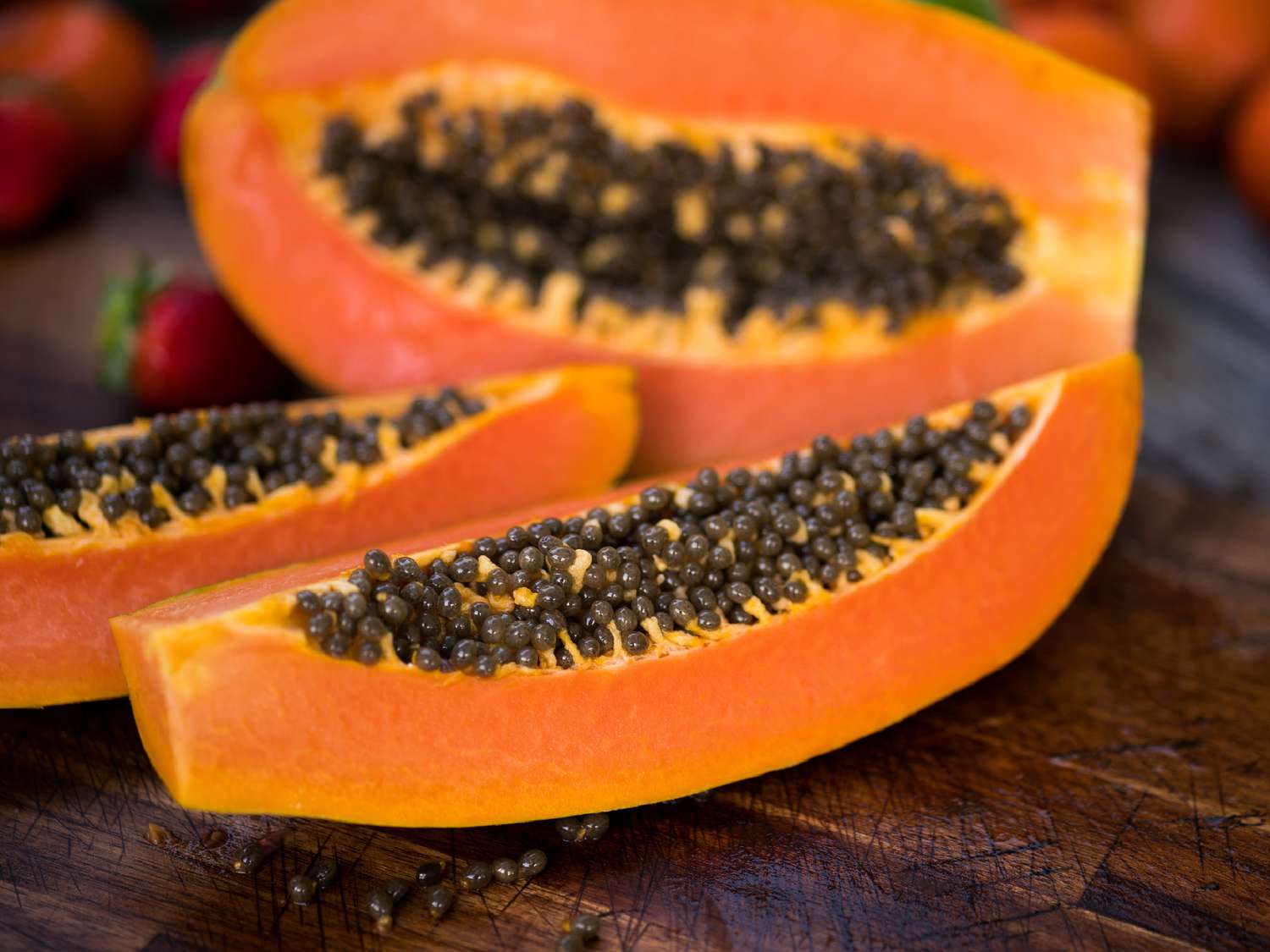By Hugh Stringleman
Copyright farmersweekly

Reading Time: 2 minutes
New mango and papaya plantings have the potential to deliver the Northland regional economy over $3 million annually, an economic study says.
Accounting firm BDO made the study of the potential for subtropical fruit growing, on behalf of Northland Inc, the regional development organisation.
Another report on seven further crops was concurrently written by the analytical firm Scarlatti for the Tuputupu Grow Northland Project (see accompanying story).
BDO said almost all mangoes consumed in this country are imported from Australia, Mexico and Peru and the import value in 2024 was $11.5m.
Papayas come from the Philippines and Fiji, and imports were worth $2m last year.
There are growing markets for processed fruit – dried mangoes and papaya powders and supplements – which are being supplied by a small number of local growers pioneering these crops.
The establishment of a local industry faces several significant challenges, BDO said, including the high costs of new plants and protective orchard shelter.
“Yield variability and quality consistency are also critical concerns.”
Fruit losses up to 20% are common and B-grade fruit is hard to sell.
NZ-grown fruit is more expensive than imported fruit, limiting competitiveness in supermarkets and confining market opportunities to premium and niche segments.
BDO’s economic analysis assumed for mangoes a 20ha orchard with yield of 7tonnes/ha and revenue around $390,000.
For papaya a similar 20ha would produce 800t and $2.5m of revenue while creating 13 new jobs.
“The higher yields, stronger processing opportunities, and consumer demand for papaya-based products all point toward papaya as the more viable commercial prospect.
“While there may be a small niche consumer market willing to pay a premium for locally grown mangoes, the overall outlook for growers and processors is unlikely to be feasible at a broader consumer market level.”
Tuputupu Grow Northland project lead Luke Beehre said papayas and bananas showed the most promise at present because of the early development in orchard plantings up to 250ha in the province, crop management and market outlets.
For the other crops it is early days before even cluster developments of new growers.
“These two already have momentum and some of the agronomy has been done,” he said.
Tuputupu is working on a business case for a food manufacturing facility in Northland, probably at the Ngawha Business Hub, and has asked Plant and Food Research at the Bioeconomy Science Institute for a study on the options, costs and benefits of crop cover structures.
“The BDO and Scarlatti reports come from our vision to support landowners through their due diligence in new crop and market diversification.
“These reports have a wealth of details and are independent views that intending growers can accept or reject.”



